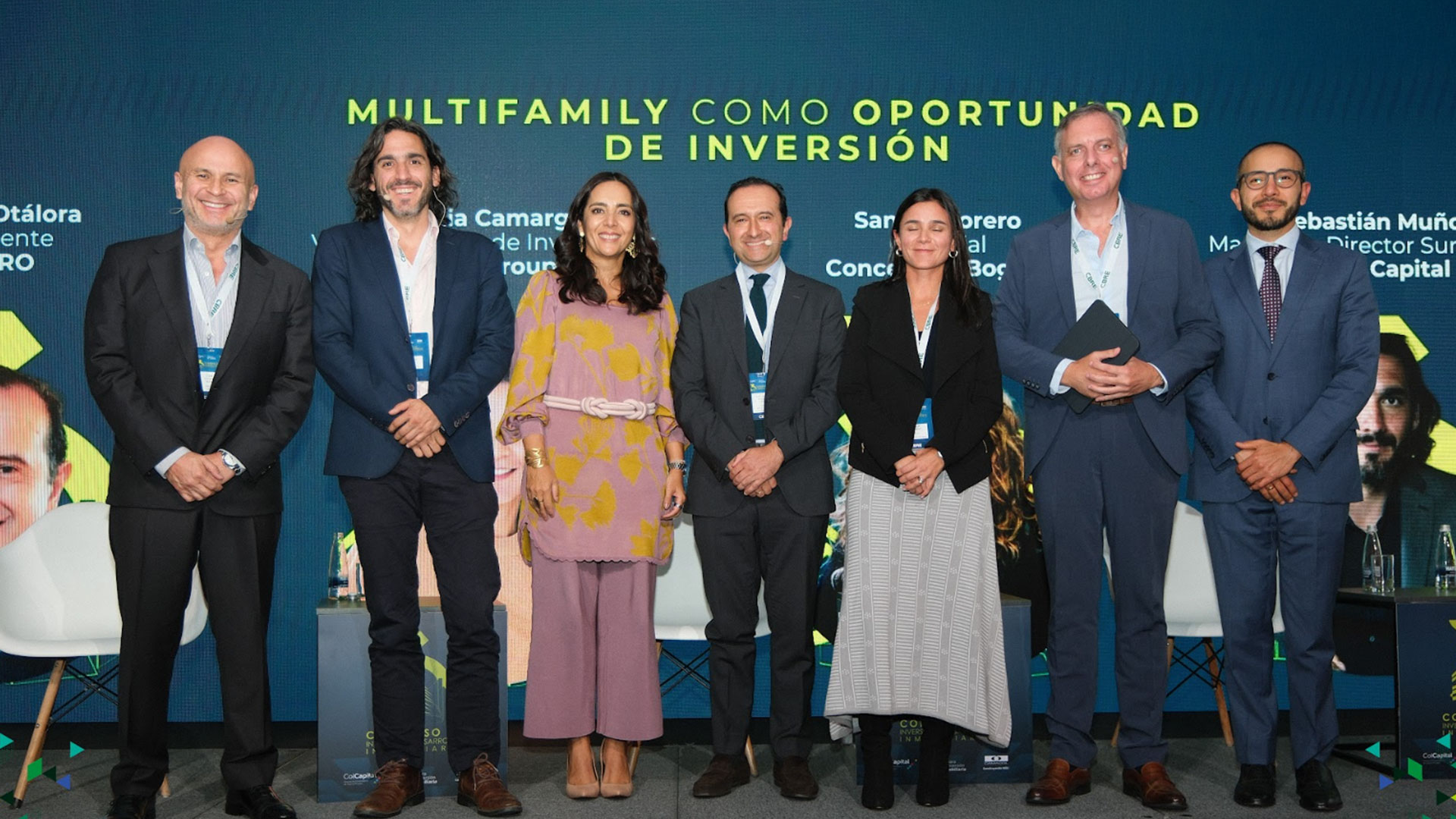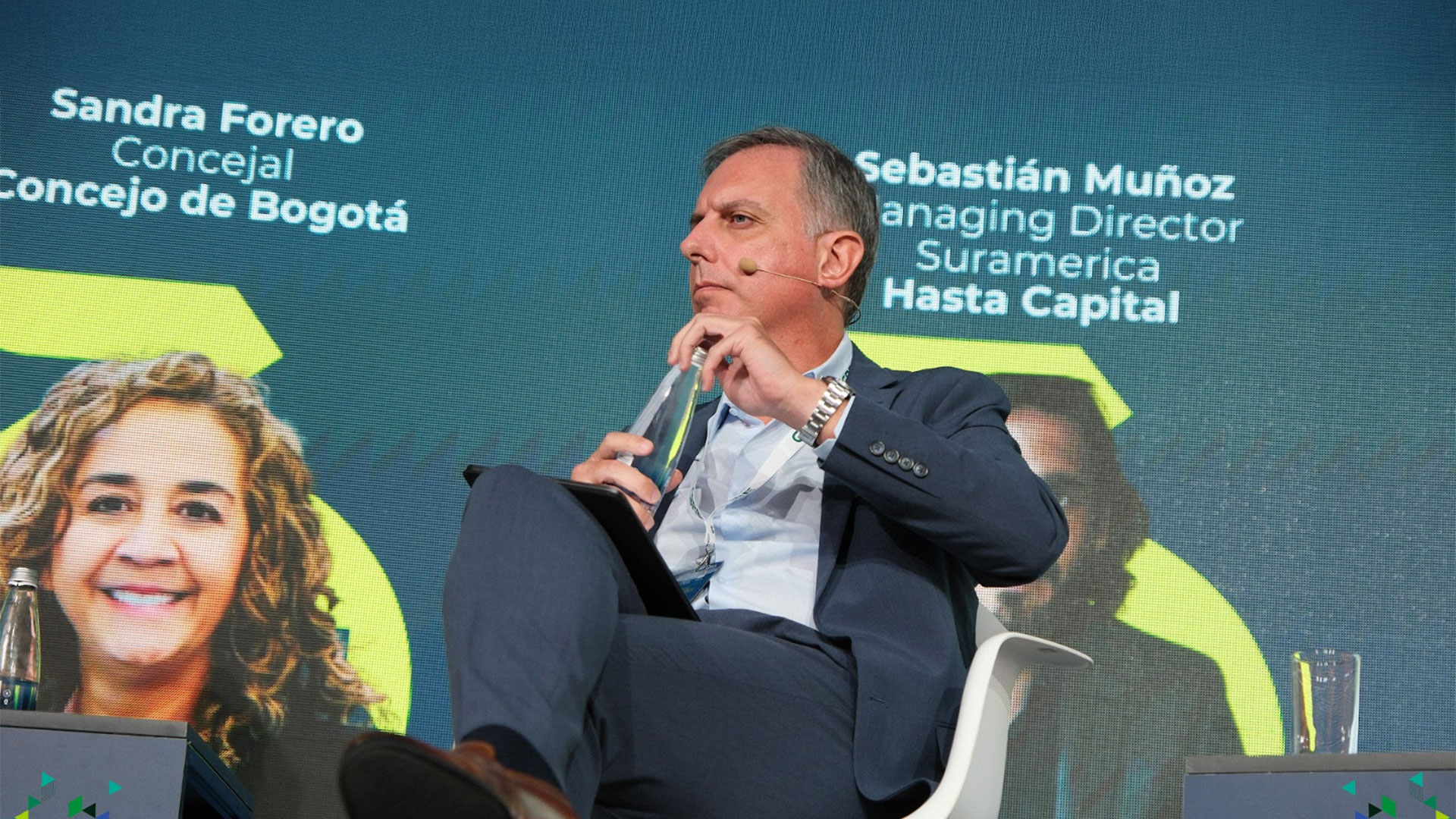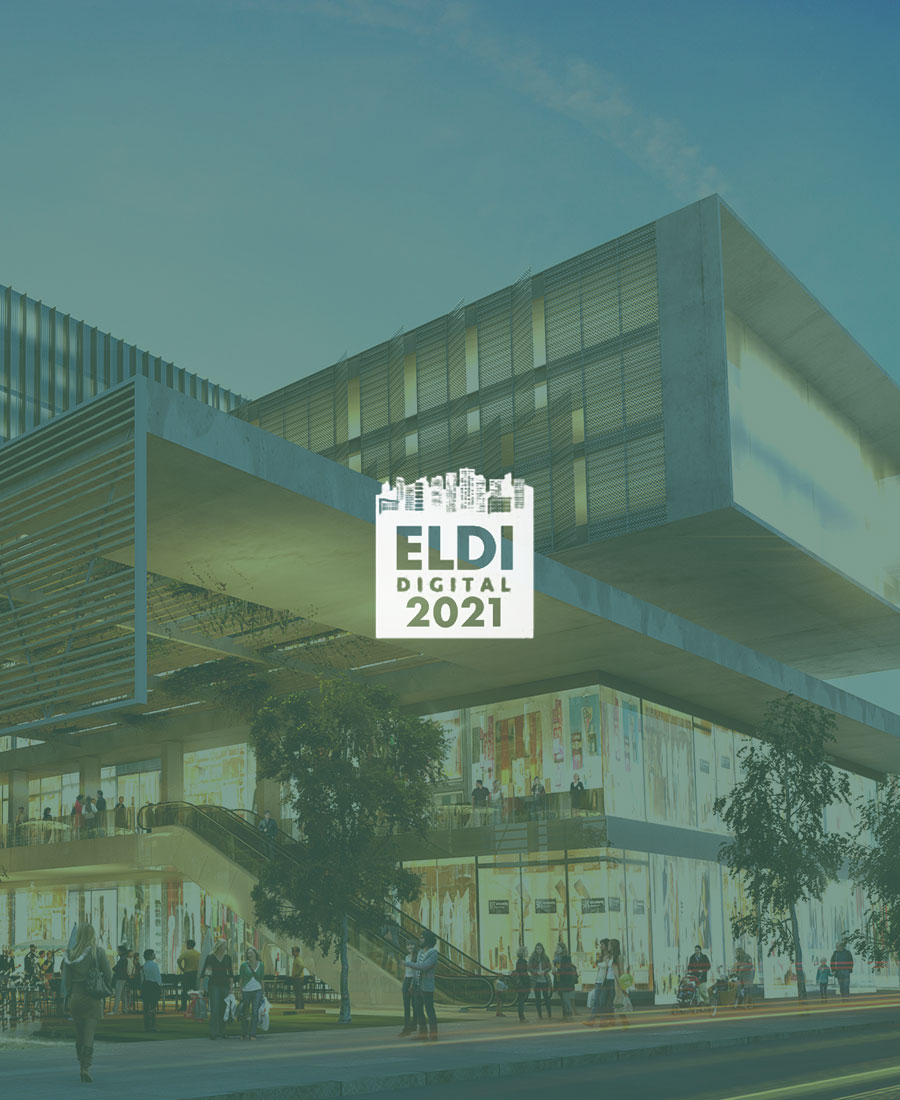GP at the Colombian Construction Congress 2025: outlook and Opportunities
On August 28, 2025, GP took part in the 3rd Real Estate Investment and Development Congress at Club El Nogal in Bogotá. The event brought together leaders, developers, capital funds, investors, and public sector representatives to discuss the present and future of the Colombian Real Estate market.

Reading time: 4 minutes.
On August 28, 2025, Club El Nogal in Bogotá hosted the third edition of the Real Estate Investment and Development Congress, organized by the Colombian Private Equity Association (ColCapital). More than 300 attendees—including industry leaders, developers, capital funds, institutional investors, and government authorities—gathered to exchange ideas and analyze the challenges and opportunities in the Colombian Real Estate sector.
GP was represented by Ricardo Fernández, Business Development Manager for the Americas, who participated in the panel “Multifamily as an Investment Opportunity” alongside Camilo Otálora, President of ARPRO; Natalia Camargo, VP of Investments at CCLA Group; Sandra Forero, Bogotá. During the event, Ricardo Fernández engaged with other industry leaders, exchanging experiences and insights on current trends, digital transformation, and the importance of sustainability in real estate projects.
The congress agenda also included a macroeconomic outlook presented by Daniel Velandia (Credicorp Capital) and Laura Clavijo (Bancolombia), who shared their perspectives for the sector through 2026. The international vision of Real Estate investment was addressed by Marcelo Fedak (Patria), while a panel on financing alternatives included representatives from IFC, Fondo Nacional del Ahorro, Porvenir, and Amarilo.
Guillermo Herrera, Executive President of Camacol Nacional, presented the current landscape and projections for the housing and construction sector in Colombia. This was followed by a debate on capital market opportunities with leaders from Titularizadora Colombiana, the Colombian Stock Exchange, and Asobolsa.
Sustainability was also a relevant topic, with insights from Natasha Avendaño (Bogotá Water Company), Juan Ricardo Ortega (Bogotá Energy Group), and Rodolfo Anaya (Vanti), who discussed the challenges for sustainable Real Estate development. In the afternoon, innovation case studies were presented by companies such as Arquitectura & Concreto, PEI Asset Management, Falabella, and Constructora Colpatria. Mónica Ruiz Arbeláez (Enerbit) led a session on smart metering and the energy transition.
The event, which was attended by the Mayor of Bogotá, Carlos Fernando Galán, concluded with an analysis of the multifamily model as an investment strategy, featuring the participation of APRRO, Parque Arauco, and CCLA.
Colombian Real Estate Market: Data and Trends
The Real Estate sector accounts for 2% of Colombia’s GDP, manages assets worth over $33 trillion (32% of the country’s private capital), and generates more than 81,000 jobs, impacting 20 out of 32 departments and driving the development of over 4.5 million square meters.
Paola García (ColCapital) highlighted that “the real estate sector has historically been a major engine of the economy, not only because of its contribution to GDP, but also due to its impact on job creation and regional development.” Meanwhile, Edwin Chiriví (Camacol Bogotá & Cundinamarca) emphasized that investment in construction “drives more than 50% of the country’s industrial and productive activity.”
According to Camacol, there are currently more than 2,600 projects for 590,000 homes either in pre-sale or under construction, with a total value of $183 trillion. Between January and July of this year, 17% more residential real estate projects were launched compared to the same period in 2023, reflecting a dynamic and growing market.
The sector has also seen significant changes in investment models. The multifamily scheme—where groups of residential units are managed by a single investor for rental purposes—has gained ground over traditional property management. This trend, already well-established in markets like the United States and growing in Europe and Asia-Pacific, has started to gain traction in Colombia, especially in Bogotá, Cundinamarca, Antioquia, and some Caribbean cities, where more than 11% of projects under development now follow these new business models.
Demographic shifts have also fueled this transformation: Colombia’s population is aging, with life expectancy rising and birth rates declining. Additionally, renting has become more popular: in 2008, 51% of households owned or were paying for their homes, while today that figure stands at 40%. Over the same period, the share of households renting increased from 32% to 40%.
To encourage the development of multifamily projects, Bogotá offers a 90% property tax exemption for the first five years on new licenses granted before 2030—a significant incentive, considering this tax represents 30% of the operating costs for such projects.
Real Estate Market Trends in Colombia
The Colombian Real Estate market in 2025 is dynamic and presents significant challenges and opportunities. As of March 2025, Colombia had over 27 million square meters under construction in residential and non-residential buildings, a figure equivalent to building the country’s eighth largest city. The 2024-2025 National Competitiveness Report highlights demographic change as a crucial phenomenon, especially regarding the silver economy, and emphasizes the importance of adapting supply to new social demands. Notably, one in four new home buyers does not reside in the place where they purchase their property, and 58% of international purchases come from the United States, revealing the potential to consolidate a sustainable foreign investment attraction strategy and respond to new market realities.
The Colombian Construction Congress 2025 by CAMACOL is projected to be a transformative experience for all sector stakeholders. Beyond being a space for updates and dialogue, the event seeks to build a work agenda that goes beyond the short term and extends past 2026, consolidating a long-term vision for the development of the sector and the country.




